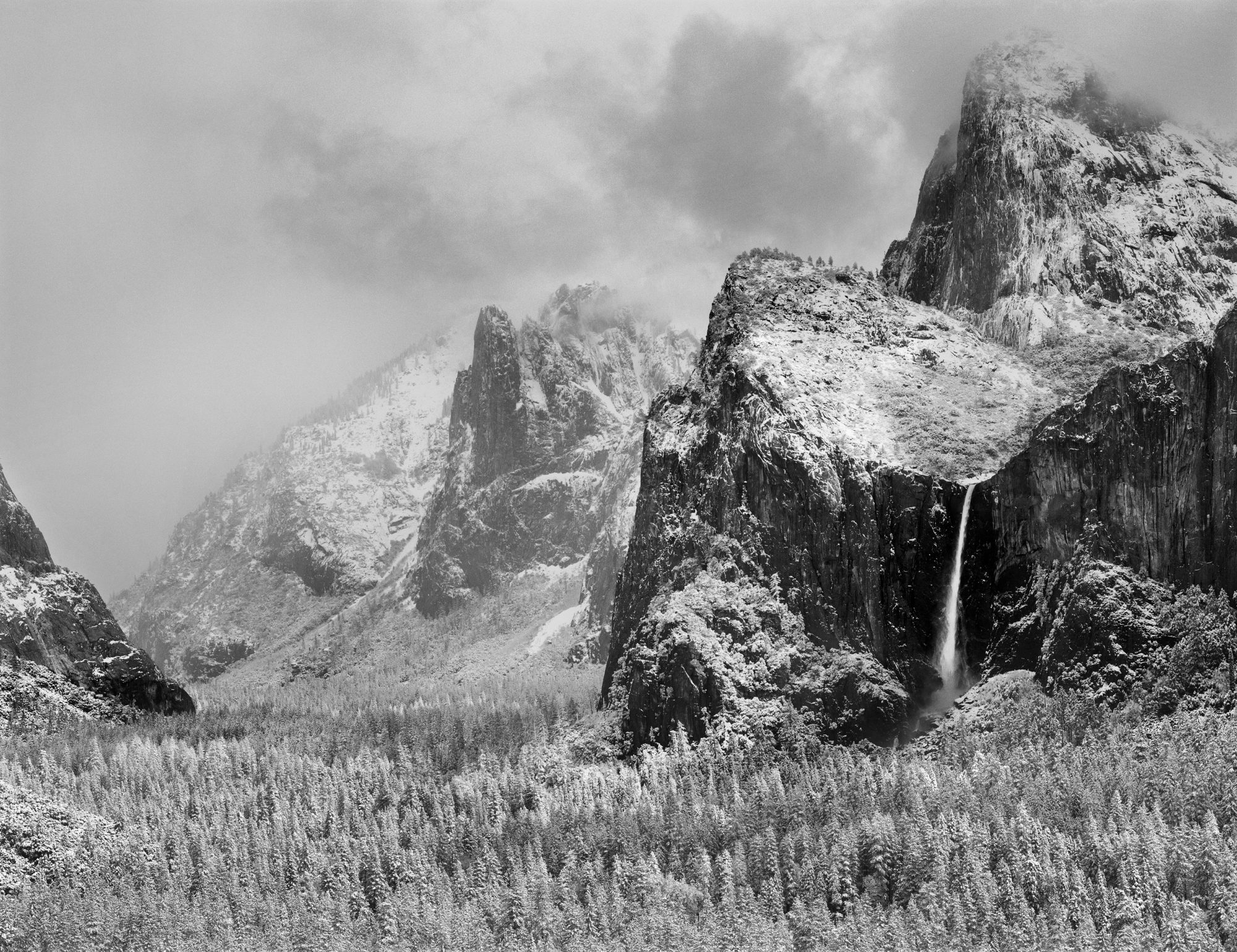I made the switch to mirrorless in late 2018 with the Sony A7RII. Sony had given me a loner camera a year earlier that let me know that the quality was at least equal to my previous Nikon D810. I had also spent over a year with an a5000 as a every day carry camera that has gone everywhere with me, and made me very comfortable with the Sony image quality. The ability to put together a very light 42mp camera kit with high quality lenses for hiking and backpacking is what tipped me over to Sony.
I am really happy with my choice, which came down to image quality first, high quality light-weight lenses, and overall compact form.
This page is not meant to be a complete review, but a place to hold important reference information and some miscellaneous info for A7RII users or perspective users.
Manuals
In true quirky Sony fashion, the most detailed “manual” is not the manual but a separate document called the “Help Guide” which is available as a website or a downloadable PDF.
E-Mount Lenses
Spreadsheet of select E-mount lenses assembled to find lightest weight options. Really good lenses tend to be heavy, but for backpacking some quality sacrifices are acceptable. The question is, do I carry three average lenses that are light, or just one decent zoom? Sigma has teased Art quality lenses in a lighter form factor which would be my preference. My landscape work is mostly at f/11 anyway, and a f/4 or f/5.6 might be a good fit for street photography too.
Wikipedia article on E-Mount lenses – list of lenses, adapters, other interesting stuff.
Annoyances
-No intervalometer
-Batteries not keyed to prevent wrong way insertion
-Lens release on opposite side of Nikon/Canon
-Lens index mark location on flat instead of outside of lens mount
-Direction of lens rotation opposite of Nikon
(This lens stuff really annoys me as a 30+ year Nikon user. It’s hard to overcome that muscle memory, but even then, the Sony way just seems awkward. Fair or not, it’s my gripe)
-Large RAW file size – Nikon uncompressed NEF are much smaller. Takes up more memory card space, longer transfers, etc
-9 frame RAW buffer – older body with a lower costs comes with trade offs – works for landscape photography, but is still noticeable when doing brackets
– small grip size, feature and bug, works great for my normal landscape/fine art stuff, but shooting a multi hour event with heavy glass really begs for the extended size battery grip.
Updated 4/5/2019

